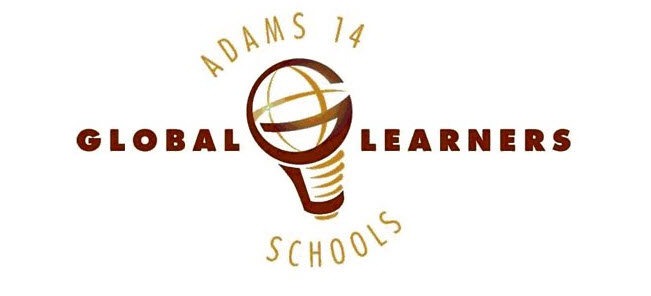Lazy Monday!
I stumbled upon an article in the New York times today about a student who was suspended for 10 days in 2002 when he held up a sign that said "Bong Hits 4 Jesus" at and Olympic Torch event. Over the past 5 years his teenage angst has sparked great debate in schools and ultimately in the Supreme Court about the freedom of speech.
Regardless of the details of the particular case (the student happened to not even be on school property) it begins the conversation about the rights our students have when they come into our classroom and how far we have to go to censor them. I think a lot of us, especially in the secondary realm, want to use blogs and all of us want to post our student's work online. But, how far do we have to go to make sure that what is attached to the district's site is appropriate and who ultimately decides.
Chief Justice, John G. Roberts Jr., said, "the First Amendment does not require schools to tolerate at school events student expression that contributes to those dangers." So, the student is in some waypromoting something seen to be dangerous then its unacceptable . Justice Thomas, who did not sign the Chief Justice's opinion, argued that "it cannot seriously be suggested that the First Amendment ‘freedom of speech’ encompasses a student’s right to speak in public schools."
As we move into a place that allows our students to produce thought for a world-wide audience, I think its important to reflect on the opinions brought forth in this case. This is an old battle that may find a new proving ground if we do not at least begin to ponder about our own place and stance on the issue.
Subscribe to:
Post Comments (Atom)


3 comments:
You bring up an important issue that we will all have to try to sort out and keep current on. The "Tinker Rule" of 1969 set the baseline for public schools and student rights - "The General Rule: Student Speech is Protected by the First Amendment.
The public schools are charged with teaching students not only reading, writing and arithmetic, but also with providing students with a working knowledge of their Constitution and the freedoms they uniquely possess as U.S. citizens. The Supreme Court has often referred to the public schools as a “marketplace of ideas” where the protections of the First Amendment are particularly important. “The vigilant protection of constitutional freedoms is nowhere more vital than in the community of American schools.”
Since 1969 other Supreme Court (and lower court) rulings have somewhat lessened the "Tinker Rule". Still it is generally believed that student speech may be suppressed only if the speech: (1) materially and substantially interferes with the requirements of appropriate discipline in the operation of the schools; (2) invades or collides with the rights of others; (3) is vulgar, lewd, obscene, or plainly offensive; or (4) is school-sponsored. Additionally, as with free speech rights in any context, school officials may impose reasonable time, place and manner restrictions on student speech. (from the Rutherford Institute)
In the meantime and inbetween time I think we need to follow the current district AUP and our common sense. This is from the district AUP:
Because technology and ways of using technology are constantly evolving, every unacceptable
use of district computers and computer systems cannot be specifically described in policy.
Therefore, examples of unacceptable uses include, but are not limited to, the following:
No student shall access, create, transmit, retransmit or forward material or information:
• that promotes violence or advocates destruction of property including, but not limited to,
access to information concerning the manufacturing or purchasing of destructive devices or
weapons
• that is not related to district education objectives
• that contains pornographic, obscene or other sexually oriented materials
• that harasses, threatens, demeans, or promotes violence or hatred against another person or
group of persons with regard to race, color, sex, religion, national origin, age, marital status,
disability or handicap
• for personal profit, financial gain, advertising, commercial transaction or political purposes
• that plagiarizes the work of another without express consent
Ever had a student curse in class and then say "It's the US and I have freedom of speech and I can say whatever I want!" ?
We have to teach our students that freedom of speech does free you of the need for "personal" sensorship when you say things. We have to teach the students to have a sensor for what is appropriate to say and when it is correct to say things.
You two make a great point! I think that our goal in using technology is to get our students to think. Its a hard lesson to teach kids what is appropriate and when...and how those rules are always changing.
For example, we all call my nephew, who is three, "baby." He's now calling other people, like waitresses "baby." How do we explain what is ok and why? I feel its the same battle when we are talking to our students, especially our students who don't quite understand the language completely.
Language is powerful, if our students learn to manipulate it in an educated, thought provoking way, they too can become powerful.
Post a Comment